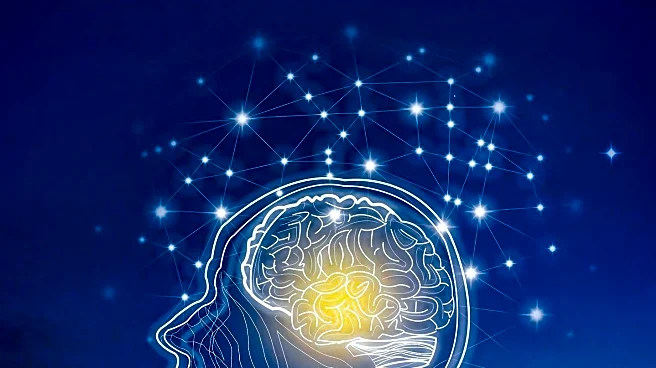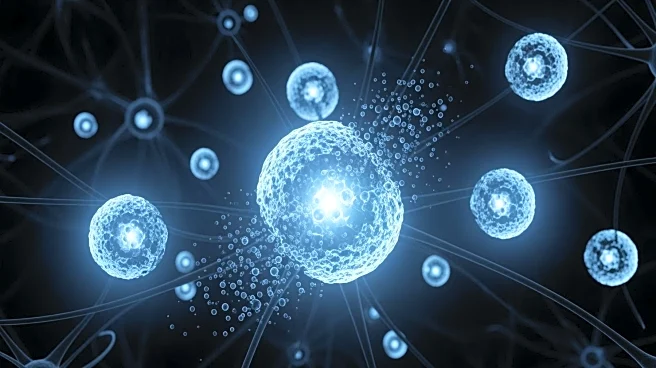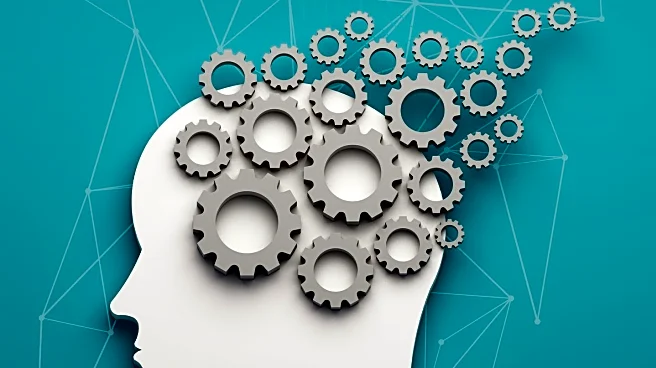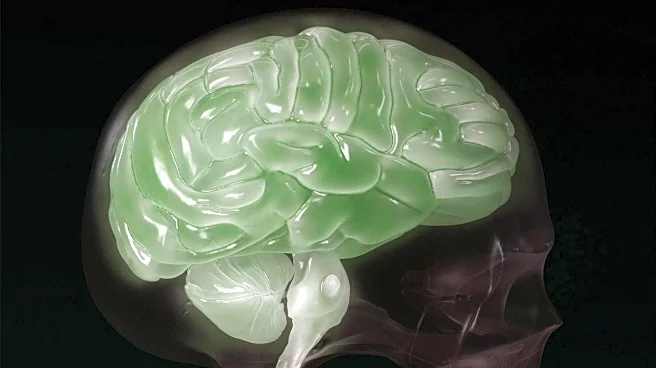What's Happening?
The DREAM project, an international collaboration coordinated by Monash University, has published findings in Nature Communications that challenge traditional views on sleep and dreaming. The study analyzed
2,643 awakenings from 505 volunteers across 20 studies in 13 countries, revealing that dreaming is not exclusive to REM sleep. Participants reported dream experiences in 85% of REM cases and surprisingly in 40% to 60% of NREM awakenings. The research utilized EEG and MEG technologies to capture brain activity, showing that during NREM dreams, brain waves can mimic patterns of quiet wakefulness, suggesting parts of the brain may remain alert even during deep sleep. This study is one of the first large-scale efforts to develop non-invasive dream detection tools, potentially aiding in monitoring consciousness during sleep.
Why It's Important?
The findings from the DREAM project have significant implications for understanding cognitive health and sleep disorders. The ability to detect dreams during NREM sleep using artificial intelligence models could lead to advancements in monitoring consciousness and identifying early markers for cognitive disorders such as Alzheimer's disease. The research suggests that difficulty reaching REM sleep might be an early warning sign for such conditions, highlighting the broader medical relevance of sleep-stage mapping and dream monitoring. This could transform how sleep-related cognitive health issues are diagnosed and treated, offering new avenues for early intervention and management.
What's Next?
The development of non-invasive dream detection tools could revolutionize sleep research and clinical practices. Further refinement of these technologies may enable more accurate monitoring of brain activity during sleep, providing insights into the spectrum of consciousness. Researchers and healthcare professionals might explore the use of these tools in diagnosing and managing cognitive disorders, potentially leading to new treatment protocols. Additionally, the findings could prompt further studies into the relationship between sleep patterns and cognitive health, influencing public health policies and sleep-related healthcare strategies.
Beyond the Headlines
The DREAM project's findings challenge long-held assumptions about sleep and consciousness, suggesting that the brain's activity during sleep is more complex than previously thought. This research could lead to ethical discussions about privacy and the use of AI in monitoring brain activity. The potential for early detection of cognitive disorders raises questions about the implications for patient consent and data security. Moreover, the study may influence cultural perceptions of sleep and dreaming, encouraging a reevaluation of the importance of sleep in maintaining cognitive health.











